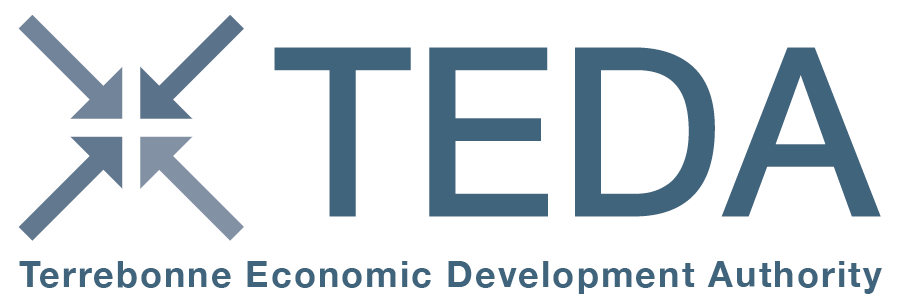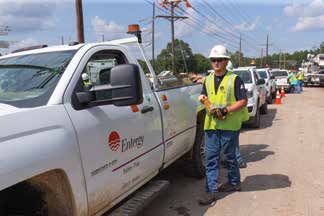The 2018 hurricane season begins June 1 and before it begins, we want our customers
to know that while we are hoping for the best, we are prepared for the worst.
• Safety is a core value at Entergy and remains top priority for our workers and customers.
• In the first three days following a storm, we work on:
- Assessing damage to deploy the right number of personnel with the right material.
- Restoring minimally damaged power plants and large transmission lines.
- Repairing substations and distribution lines that serve critical customers, like hospitals, police, water, drainage and communication networks.
• As the restoration continues, we work on:
- Restoring areas with large numbers of customer outages, including businesses and neighborhoods.
- Restoring individual services, often the most time-consuming.
• Throughout, we supply the logistical needs of the restoration workforce, like food and shelter, for the duration.
Power plants, the primary sources of power production, are restored.
Large transmission lines are repaired and restored, delivering power to cities, towns and major industrial facilities.
Substations are brought online, and power is restored to emergency services, life-support facilities, police and communications networks.
Power is restored to areas with the largest numbers of customers, including businesses and neighborhoods.
Bucket trucks are safe to use when winds fall below 30 mph.
Individual services, often the most time-consuming repairs, are restored.
Year-Round Planning
• We plan restoration reports months before the first sign of foul weather.
• We follow a detailed, rehearsed plan that has worked well for us.
• We monitor weather threats 24/7, 365 days a year.
• We prioritize critical sites with local officials before the storm.
• We conduct annual storm exercises and review lessons learned following every event.
Restoration Time
• Weather forecasts, models and knowledge help us predict an estimated number and duration of outages.
• We strive to give an estimate of how long it will take to restore a majority of our customers 48-72 hours before landfall.
• Restoration estimates are revised as more concrete information about the storm becomes available.


